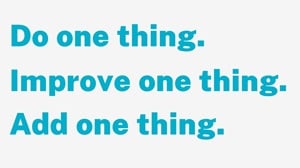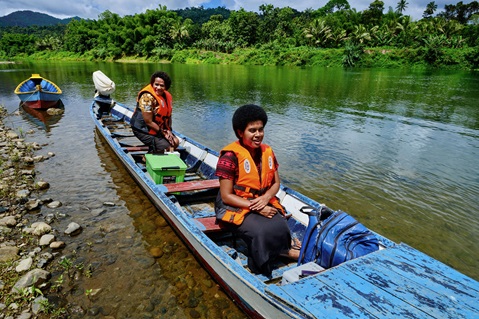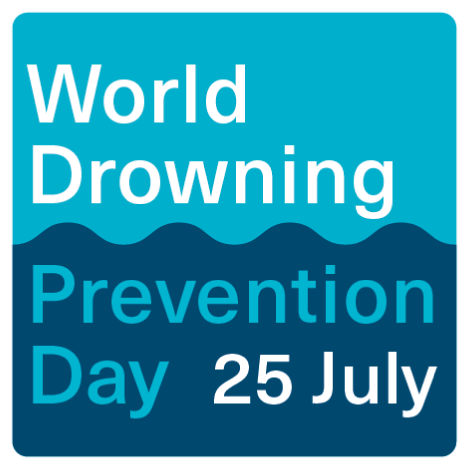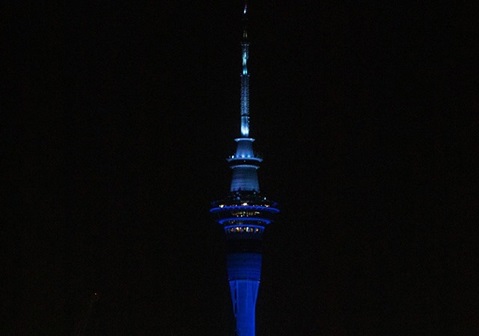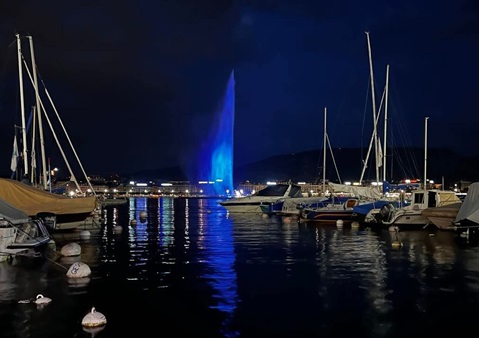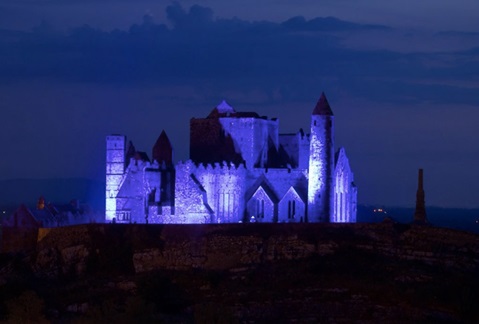
World Drowning Prevention Day 2023
25 July 2023

Drowning has caused over 2.5 million deaths in the last decade. The overwhelming majority of these deaths (90%) happen in low- and middle-income countries. Globally, the highest drowning rates occur among children aged 1–4 years, followed by children aged 5–9 years.
The human, social and economic toll of these losses is intolerably high, and entirely preventable.
The implementation of evidence-based, low-cost drowning prevention interventions can drastically reduce risk of drowning. These include:
- installing barriers controlling access to water
- providing safe places away from water such as crèches for pre-school children with capable childcare
- teaching swimming, water safety and safe rescue skills
- training bystanders in safe rescue and resuscitation
- setting and enforcing safe boating, shipping and ferry regulations
- improving flood risk management
World Drowning Prevention Day, declared in April 2021 by United Nations General Assembly resolution A/RES/75/273, is held annually on 25 July. Through this global event, we remember lives lost due to drowning and aim to increase knowledge on safety in and around water.
Resources
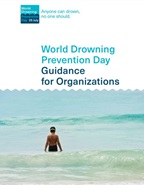
Event
For social media, WHO recommends that the hashtag #DrowningPrevention be used, including for World #DrowningPrevention Day.
